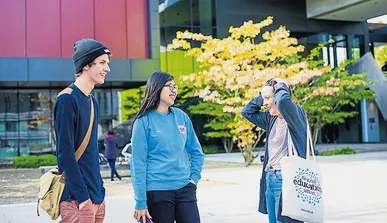
UCCF: tackling loneliness at university
As campuses get bigger and social media gets louder, there is an increasing danger of loneliness in our universities.
According to recent research, people between the ages of 16 and 24 are the loneliest in our society, with one in six saying they have not found any real friends while at university.1

Loneliness
Steve Pashley
Date posted: 1 Oct 2015
Dear Sir,
I read with interest Geoff Treasure’s article ‘Loneliness’ in the September edition of en. There is however another form of loneliness distinct from the social isolation covered by the article, and which may become especially poignant if sleeplessness should invade the small hours. It is existential loneliness.
The UK isolation crisis: what can we do?
The recent news about the tragic deaths of actor Gene Hackman and his wife, Betsy Arakawa, has deeply affected me.
Arakawa died from hantavirus, probably one week before Hackman, whose Alzheimer's meant he probably didn't even realise his wife had passed away. The thought of this elderly couple spending their final days alone, unknown, undiscovered deeply troubled me - echoing my own experiences of grief. Last year, my father passed away, and I wasn't able to be there with him at the end. Since then, I've wondered many times what those final moments were like for him. Did he feel alone? Was he afraid? Did he know how much he was loved? It's a pain that never really leaves you — the questions, the regrets, and the longing to have done things differently.